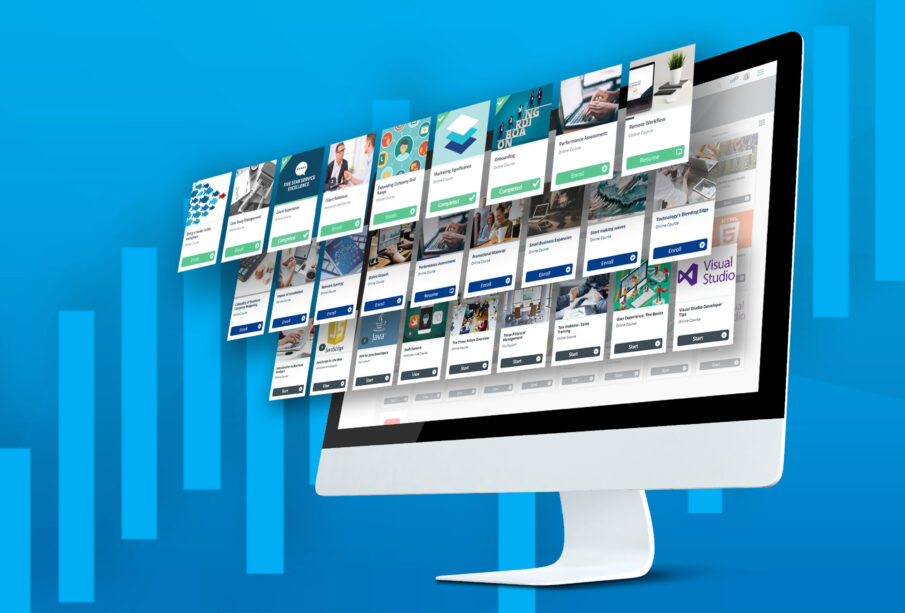What Is An Lms Software And How To Choose One?

Learning is an integral part of life. It is essential for the holistic development of every individual. Whether it is career-building or the satiation of hobbies, learning can have various outcomes. Learning management software (LMS) is a new-age technology that helps modernize education to a great extent. This software is installed as anLMS mobile app by users across the globe. The following article will focus on the nits and grits of this software and help users choose one.
What is LMS Software?
LMS is a web-based application that confines the whole learning process within a virtual environment. It is the core component of e-learning and is essential for efficiently running this process. The three key objectives of LMS are planning, assessing, and implementing knowledge in a virtual space.
Also Read: Implement these SEO Tactics to make your Single-Page Website Rank Better on Google
Elements of LMS
An LMS consists of two elements. The first one is the server that performs the essential functions of the software, and the other is the user interface which three groups of people can operate-
Students
These individuals want to take a specific course or training to enhance their knowledge vault.
Trainers
They are the people who already have the expertise in a specific field and are willing to exchange it with students.
Administrators
Administrators keep an eye on the activities of both trainers and students. They maintain the equilibrium in communication while ensuring that the platform is utilized correctly.
How to choose an LMS?
Device-friendly
The LMS should be device friendly and operate on any Android or Apple device. It is also essential to check if one can obtain the services in offline mode after proper syncing of the e-material.
Latest cutting-edge technology
LMS should be lanced with the latest technologies like voice integration, push notifications, etc. It will ease up the user experience.
Robust dashboard
The dashboard of a good LMS should clearly explain the achievements and the objectives. The options provided to the user should be concise and crisp for a hassle-free experience.
Geofencing
A good LMS should be equipped with geofencing technology. It will help to generate pre-programmed data about a user so that future users are categorized based on their locations and services are suggested accordingly.
Customizable setting
The LMS should be flexible enough to adapt to the user’s needs. It should allow customizing options that will aid in the process.
E-commerce
Suggesting relevant products and services that match the individual’s learning experience is very important. An e-commerce option in an LMS will help instructors and trainers share their knowledge and the products that may be associated with the same.
Security
To get them enrolled, an LMS requires the specific personal credentials of students. Good LMS software needs to be liable for protecting these credentials and use them only in worthwhile and genuine processes.
Values
Last but not least, a good LMS shall add value to a user. For learners, it may be in training, certifications, and orders, whereas instructors may benefit from simplifying classroom reporting, teaching compliance, and collaborative tools. Administrators shall also gain excellent efficiency, simplification, ease of tracking progress, and actionable analytics. These values, when combined, will contribute to the best e-learning experience at all tiers of the organization.
Conclusion
Learning becomes wholesome when it is collaborative and engaging. An LMS mobile app with the software helps bring a whole classroom within the boundaries of an electronic device. So, every learner of any age group can utilize the LMS software and benefit from this holistic learning process.
Also read: Adobe Express: A Quick Overview









